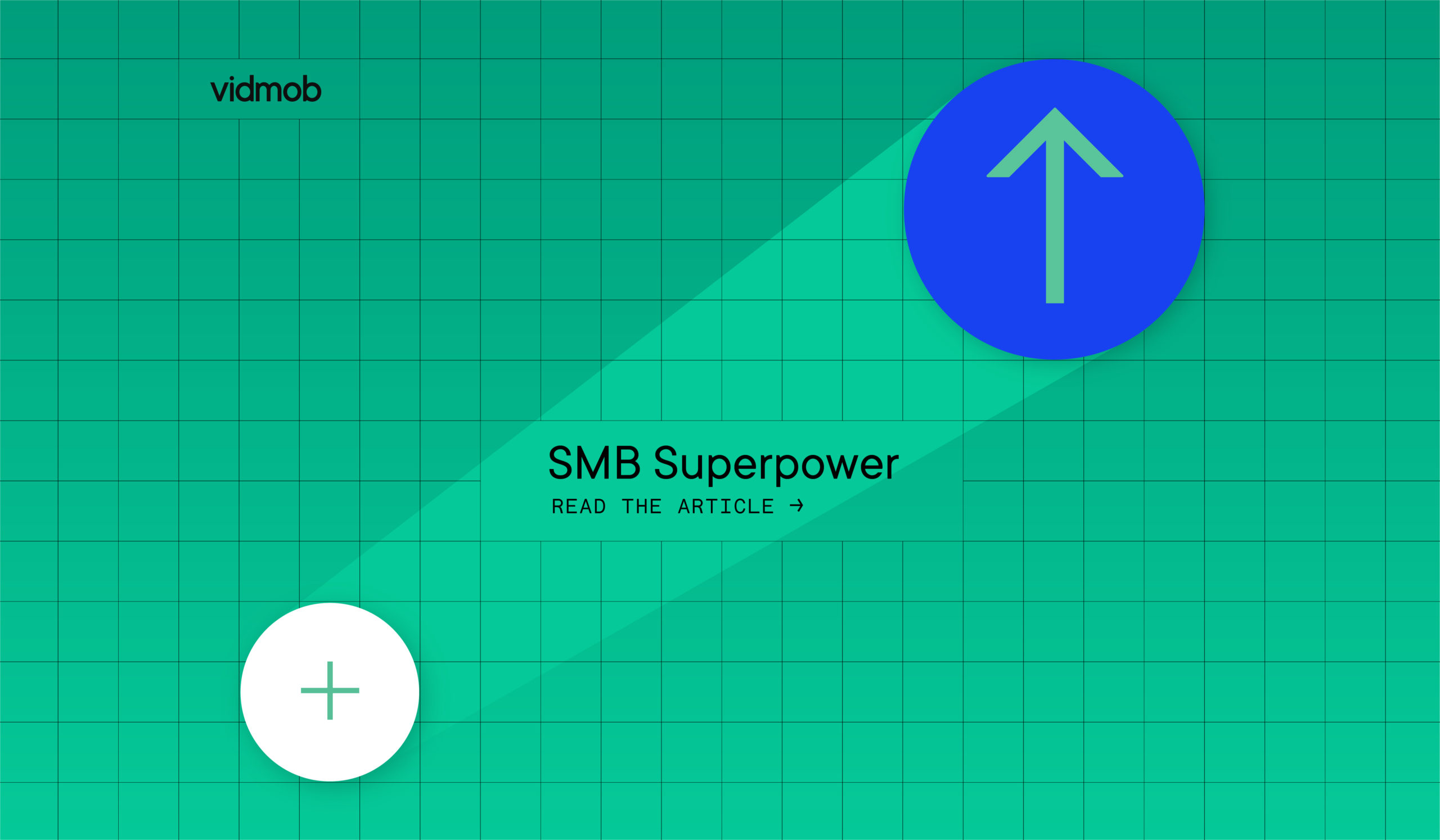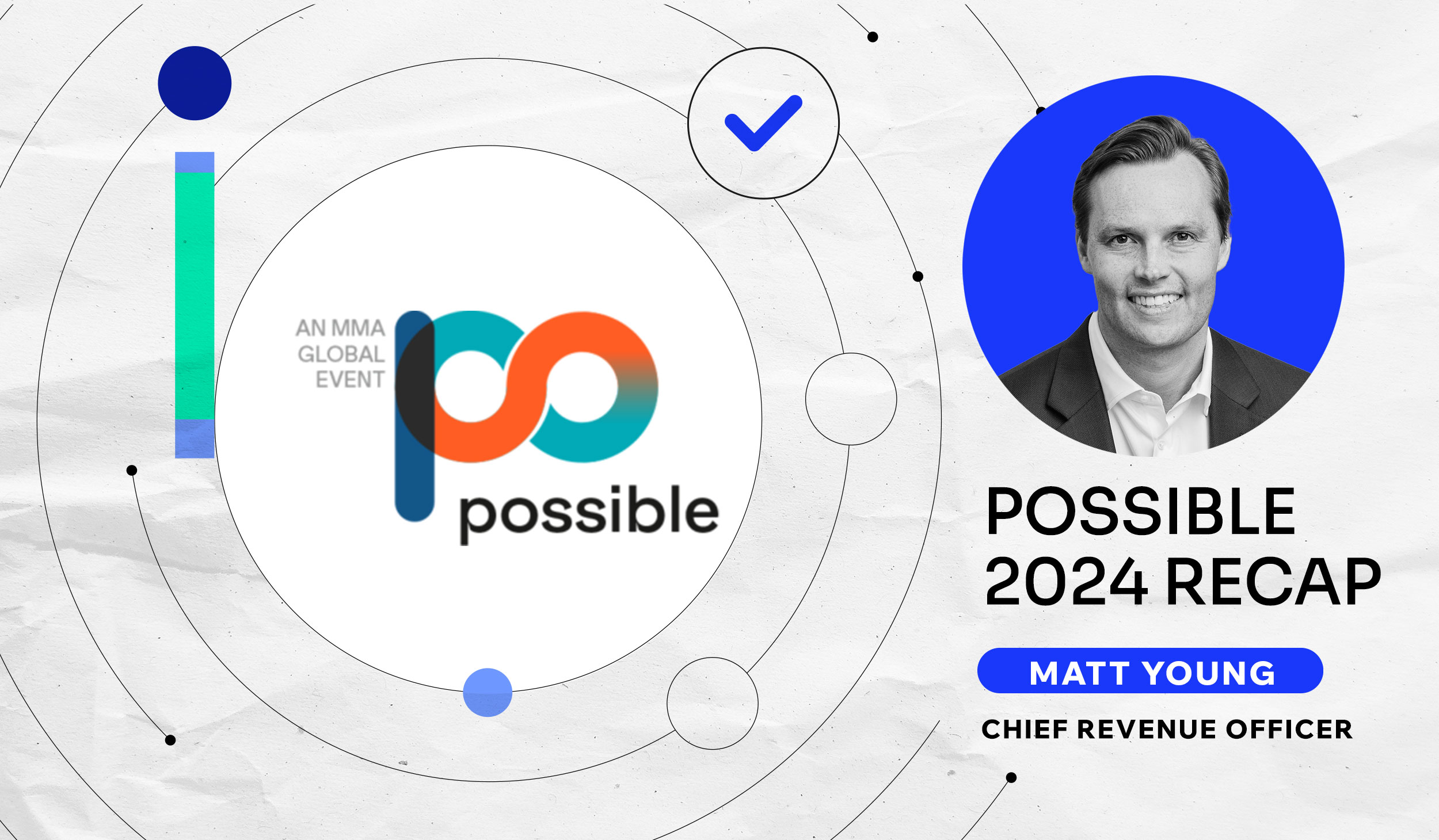How SMBs Use Creative Data

In some ways, the pandemic created a more level playing field for small and medium-sized businesses (SMBs). Often faced with the need to pivot amid fast-changing market conditions and maximize limited budgets, they suddenly saw that their largest competitors were grappling with the same issues. Although hard hit by COVID-19, many SMBs were also able to harness their well-honed agility and ingenuity to help them adjust — powering speedy innovation and adaptation.
To maintain digital marketing effectiveness, however, SMBs must stay agile. With consumer behaviors ever changeable, they will need solid analytics and quantitative insight. That, in turn, makes it essential to ensure campaigns are informed by precise understanding of what is fueling current performance by harnessing a new superpower: creative data.
Small Levers Don’t Drive Big Results
Many companies have started looking to new tools to boost performance insight and efficiency, including SMBs. Having historically struggled with hooking and leading the right audiences through the marketing funnel — and gaining an accurate view of how marketing contributes to the bottom line — it’s only logical that organizations are upgrading their toolkits; with 50% of leading SMBs investing more in marketing technology since 2020.
But the value marketers gain from new technologies will be limited if they keep pulling small levers and lack the resources needed to unlock their full potential. Across sectors, companies are finding marketing activity is yielding smaller returns when optimization centers purely on media buying and execution: such as tweaking campaign setup, bid management and refined audience targeting. The reasons why this narrow focus needs urgent expansion are twofold. Firstly, it ignores the role of ad creative as a major performance driver; in fact, Google has estimated that media placements drive just 30% of campaign success, with 70% down to creative.
Secondly, it means marketing impact will dwindle as third-party cookies fade. Leaning heavily on targeting was viable all the time marketers could use cookies to reach specific audiences at the ideal moment. As signal loss fuels a switch to contextual targeting, however, campaigns will be delivered across much wider audiences. To stand out, marketers must leverage other data signals to bolster ad relevance; and creative data is perfectly poised to fill that gap.
Big Lever, Big Results
Creative data is an emerging insight that decodes the DNA of each ad creative, turning every visual, text and audio element into useable data signals. Applied to digital video, for example, this would cover an array of factors: the positioning of a brand’s logo, overlaid text and objects in the foreground or background, color saturation, the emotions expressed, or eye gaze direction taken by a featured model, and the pacing of edits and speech.
Just a few years ago, tagging ads to assess such detailed information was an extremely lengthy task, especially for video; with analysis entailing manual viewing and re-viewing of content, as well as time-intensive labelling. But thanks to artificial intelligence (AI) advances, there are greater possibilities to run in-depth evaluation across thousands of ads in minutes. Key to this streamlined analysis are sophisticated iterations of machine learning (ML), such as computer vision, optical character recognition and natural language processing. In particular, computer vision — which can automatically detect all images and entities — has proved critical to spot every single element in video ad creative, frame-by-frame.
When this in-depth data is blended with first-party performance insights, the outcome for marketers is a complete picture of ad effectiveness in the form of creative intelligence. Combining assessment of ad creative with tangible metrics — including view-through rates, clicks, and purchases – allows marketers to determine the precise effect of specific elements on audience perceptions, and response.
What does creative data look like in action?
The most obvious benefit creative intelligence provides for SMBs is shining light on what exactly makes creative so impactful. But it’s worth underlining how it enables them to achieve smarter use of the details that often go untracked.
- Paving the way to profitability
In addition to removing the guesswork from ascertaining why certain digital ads performed well, creative intelligence allows marketers to accurately track their ROI and pinpoint which elements were instrumental in inspiring action. Or put simply; they can establish a clear line between ad creative and results. Feeding this data back into the creative advertising machine will then allow for an efficient feedback loop that is not just restricted to optimizing media placements. Using multi-faceted insight, marketers can now rely on the big levers to wield the 70% portion of ad success that creative powers, and maximize the chances of high engagement, and profits.
- Keeping in tune with audience tastes
Frequently working with finite resources, efficiency matters to SMBs — but arguably even more valuable is minimizing time to efficiency. The faster marketers can ascertain what does and doesn’t capture interest, the shorter they can make the test and learn process. While the needs and habits of audiences will fluctuate, the ability to apply comprehensive analysis and re-assess creative impact will mean marketers can constantly optimize creative to stay in sync with what consumers want. Moreover, as ML systems gather more data, they will build deeper audience interaction insights which can be used by marketers to continually adjust creative and improve performance over time.
During the pandemic, SMBs have proved their resilience and played to their ability to advance faster than many larger organizations with clunkier operations. Developments in creative intelligence provide an opportunity for them to acquire a new superpower and keep up with evolving habits. Embracing tools that enable them to combine performance measurement with creative intelligence will help marketers understand the emotions and opinions ads elicit, and how to consistently craft creative for greater impact. By joining the budding creative data movement, they can also gain this superpower before larger players.





